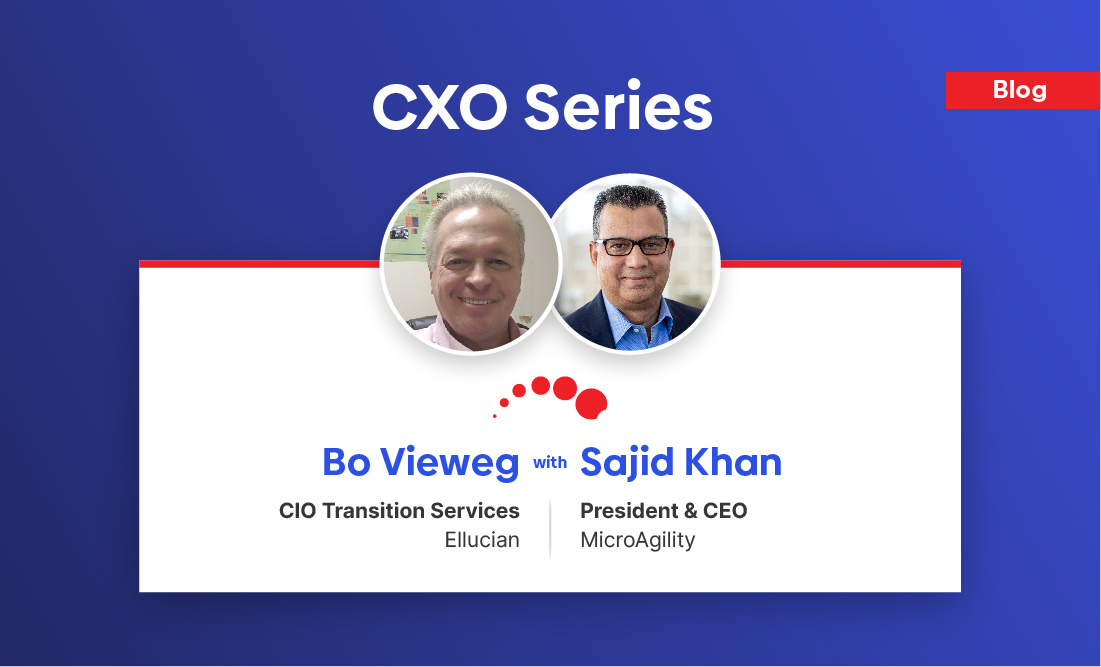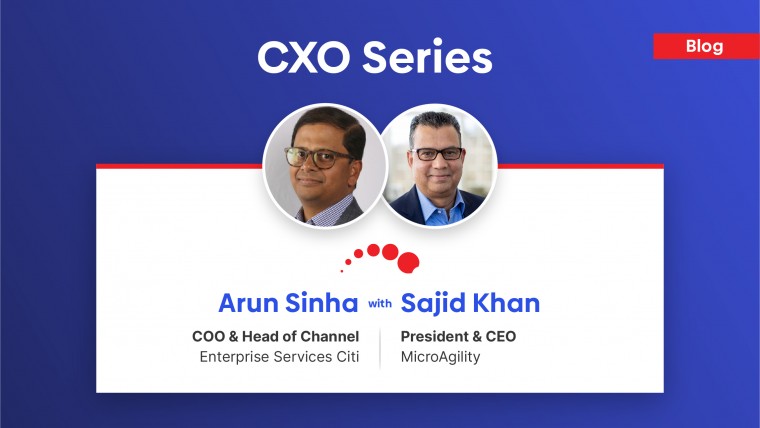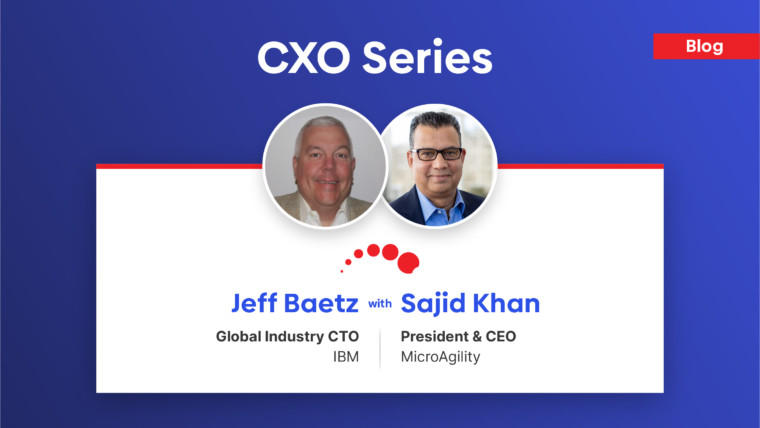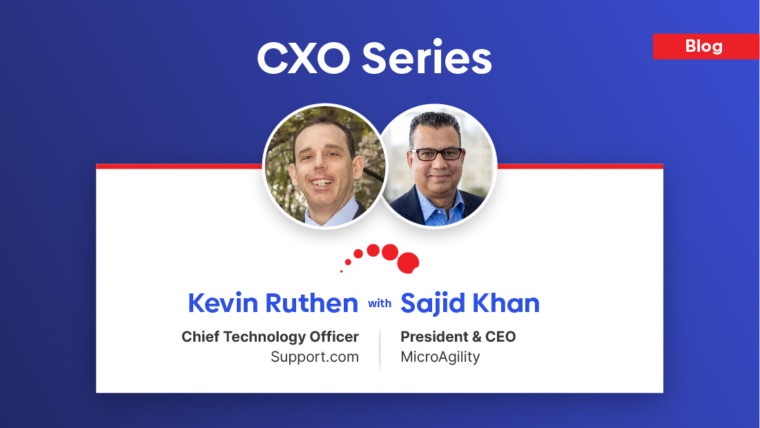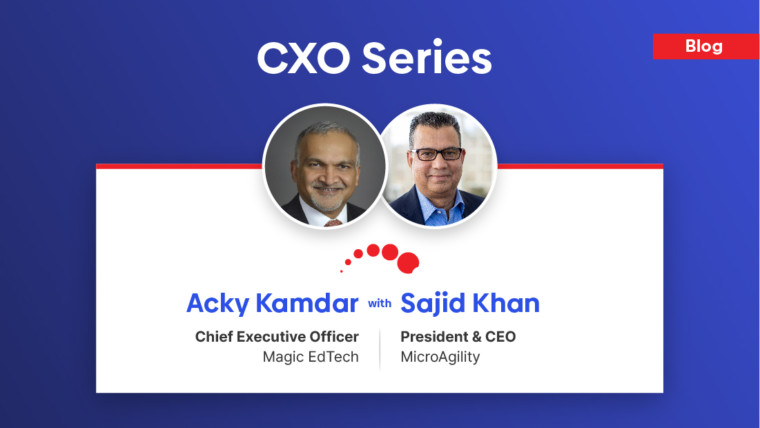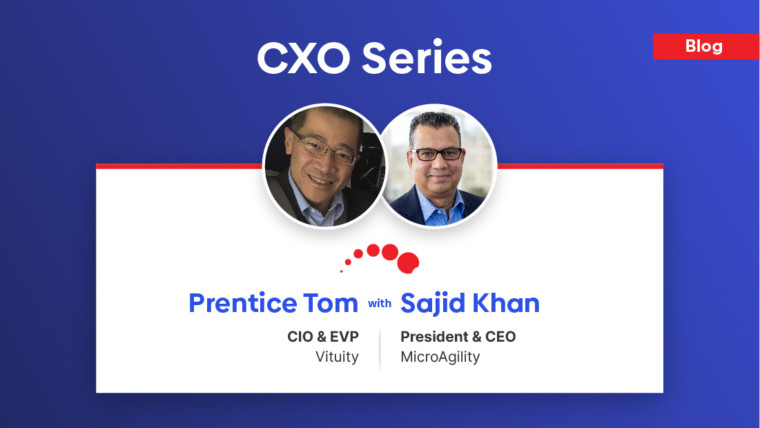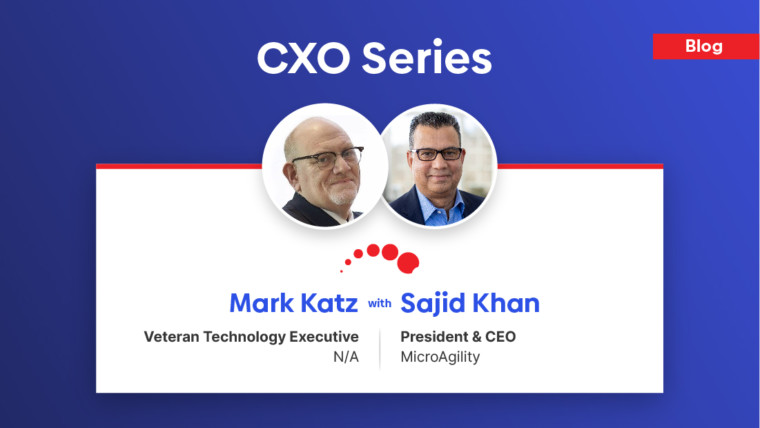Mr. Vieweg has worked in higher education, software development and manufacturing field for more than twenty years. After serving 6 years in Italy and Australia for the United States Navy, his professional experience includes several years of IT management at Intermec Technologies Corp, a Program Management role at Microsoft, followed by IT Director and Chief Information Officer roles with SunGard Higher Education and her successor corporation, Ellucian.
Mr. Vieweg holds a Bachelor in Business Administration and has completed graduate level work in Justice Studies and History.
Sajid Khan: Bo, Thank you very much for taking the time for this Interview. Let’s start with the IT services for education institutes. Can you begin by sharing your perspective on the role of IT in the education sector?
Bo Vieweg: Sajid, thanks for the opportunity to meet with you today. Technology and technology services can and should be what we used to call in the Navy a force multiplier for the higher education marketplace. By that I mean the effectiveness of teaching and learning, student services, scholarly research and administrative functions can be markedly enhanced by the application of technology, when properly served. For example, the ability to extend learning to previously underserved communities in our country and across the world, is being accomplished today by massive open online courses, which rely heavily on learning management technologies and the cloud. At a more micro and domestic level, Ellucian is deploying CRM technologies via the cloud to help institutions identify, manage and ultimately graduate their prospective students.
SK: In your opinion, what are some of the challenges faced by software companies serving the higher education sector during the last couple of years?
BV: The first and foremost challenge is helping our customers realize the full value of their ERP, academic technology and point solution investments. It is not at all uncommon to find ERP solutions on campus which have fallen out of currency or have seen functionality being badly underutilized. Additionally, finding the sweet spot for technology’s role in supporting teaching and learning is always in play and can be challenging. Finally, the higher education community is beginning to see a growth in adoption of hosting and cloud solutions. The pressure is on software providers such as Ellucian to continue to scale our software solutions into cloud offerings.
SK: Talking about challenges, what is the biggest challenge for the CIO in a higher education institution?
BV: Picking one, that’s not an easy task. One significant challenge, which would be true in software and services companies to the same degree it can be in a college or university, is helping the organization to realize as close to a “lights out IT” environment as is practical. Internal IT isn’t normally considered a core competency within a higher education institution and, finding the right balance between internal staff and outsourced infrastructure, programming and client support can be tricky. A CIO must remain an advocate for the institution’s mission and vision while finding the right situation in which to recommend cloud solutions. Some colleges have a long history high interpersonal student touch, while others are more likely to see the advantage of technology solutions in teaching and learning. Walking that line and finding the right solution for each institution is always challenging.
SK: How do you keep track of IT projects your teams are delivering? How do you know it is time to intercede?
BV: Beyond the use of project management tools and standards, I work directly with our customers to assist them in the development of technology governance models to ensure proper stakeholder management. As a CIO, I see myself as a stakeholder of every project in which my organization has a role. The sense of ownership that a stakeholder possesses keeps me engaged on the progress being made. On a more personal level, I’ve always closely tracked two items on just about every project. These items help me to figure out when it’s time to directly intervene. The first is fairly simple. When a project plan is written, I keep a hard copy of the doc with the expenditure estimates in time and dollars. The second is the degree to which the communication plan is being properly executed. If the expenditure rates are too high or too low, I’ll engage directly. If the communication plan isn’t being executed well, I’ll jump in even faster.
SK: How different is it, being a CIO at SunGard Higher Education and now at Ellucian?
BV: The differences are subtle, but real. The creation of Ellucian, brought forth by the merger of SunGuard Higher Education and Datatel, was a landmark moment in time for institutions. The 2012 merger of these two organizations, each with a huge portfolio of installed ERP and solutions customers, gave us a chance to see the combined excellence and power our technology provides to help our customers meet their institutional goals. SunGard is a fantastic company, and I’m honored to have been a part of it. Higher education was but one of SunGard’s business lines and by no means the largest. As a CIO with Ellucian my focus is completely and exclusively on our Higher Education customers and to me, that’s awesome.
SK: What’s been your proudest achievement in your career?
BV: I’m very lucky in that my proudest achievement occurs each year. Every year, in the May/June timeframe I get the opportunity to sit with the executive team or faculty/administrators of the client I am serving as CIO and witness a few hundred to several thousand young people graduate with the credential or degree each had been seeking. Knowing that my Ellucian team’s efforts have contributed administratively, academically and from a services perspective to the realization of the dream of an American college education fills me with pride.
SK: What is your leadership Style? Does your leadership style vary with the role?
BV: Answering in reverse order, I’d say absolutely my leadership style varies with the role. The nature of my work as a leader extends from managing a newly outsourced organization, to transforming an organization in need of repair to empowering a high performing team. I use a progressive approach that begins with a transformational leadership style with a goal of being able to move to a more laissez-faire approach. A degree of charisma combined with a bit of inspiration and coaching has started the ball rolling in just about any organization I’ve created or inherited. As the organization matures, my goal is to staff and empower subordinate managers and individual contributors in such a way as to maximize and direct their skills to meet organizational goals. I’m something of a transition specialist as a CIO and my leadership style reflects that.
SK: What advice would you offer for other potential technology executives who aspire to follow in your footsteps?
BV: First and foremost, identify and work with a mentor. The lessons I’ve learned over the past two decades from other managers and executives have contributed directly to my ability to grow into and succeed in executive roles. Having a sounding board to validate and clarify ideas, actions and behaviors can be invaluable.
It may be a reflection of my own background but I’ve found it beneficial to move between industries and not just employers. My background includes the military, manufacturing, software development and higher education. The diversity of that experience helps me every time I walk through a door for the first time on a campus. I understand the needs for specialization in some industries but I believe it can be a limiting factor for an aspiring leader.
SK: Anything else you would like to share with our readers.
BV: Thank you for the opportunity to speak with you and your readers today. I’ve enjoyed the opportunity.

